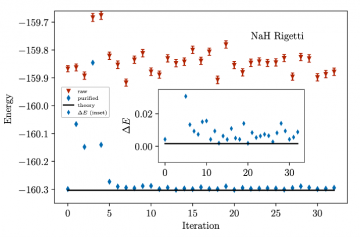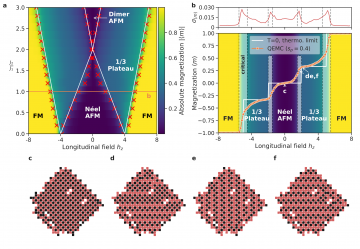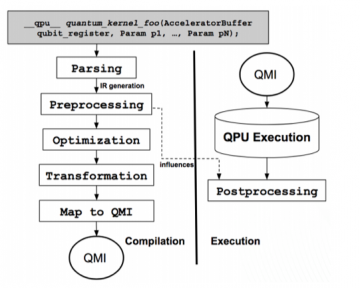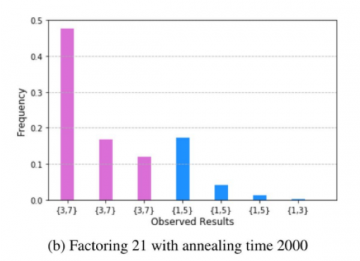Travis Humble
Highlights

The variational quantum eigensolver strives to recover the lowest-energy eigenvalue of a given Hamiltonian by preparing quantum states guided by the variational principle. In practice, the…

We present a quantum chemistry benchmark for noisy intermediate-scale quantum computers that leverages the variational quantum eigensolver, active space reduction, a reduced unitary coupled cluster…

Sponsor/Funding: DOE Early Career Research Program PI and affiliation: Travis Humble, Quantum Computational Sciences, Quantum Computing Institute, Quantum Science Center Team: Erica Grant (UTK/ORNL…

Team: Paul Kairys (UTK/ORNL), Andrew D. King (D-Wave), Isil Ozfidan (D-Wave), Kelly Boothby (D-Wave), Jack Raymond (D-Wave), Arnab Banerjee (Purdue University), Travis S. Humble (ORNL)…

Quantum programming techniques and software have advanced significantly over the past five years, with a majority focusing on high-level language frameworks targeting remote REST library APIs. As…

Recent computations involving quantum processing units (QPUs) have demonstrated a series of challenges inherent to hybrid classical-quantum programming, compilation, execution, and verification and…

We have developed a framework to convert an arbitrary integer factorization problem to an executable Ising model by first writing it as an optimization function then transforming the k-bit coupling (…
